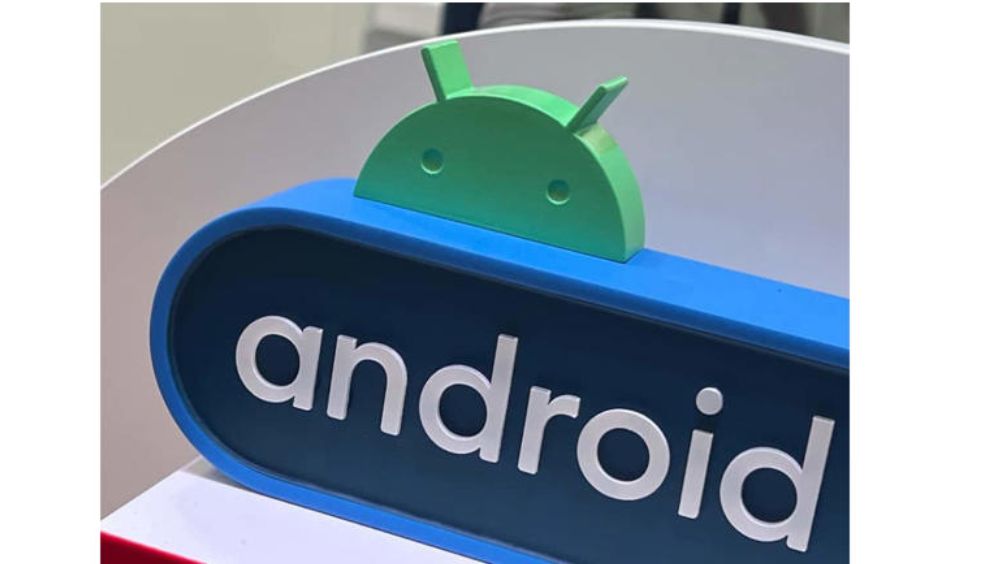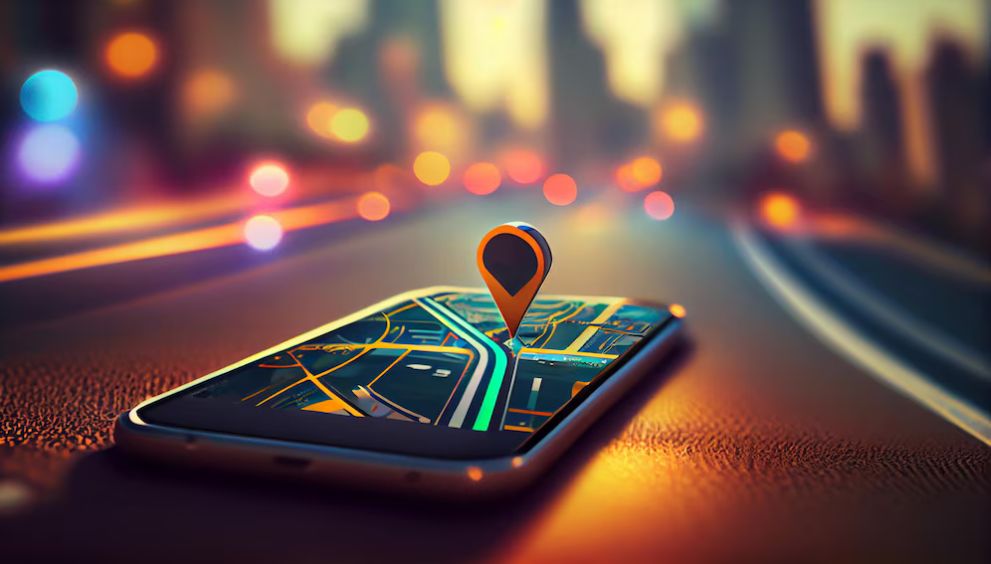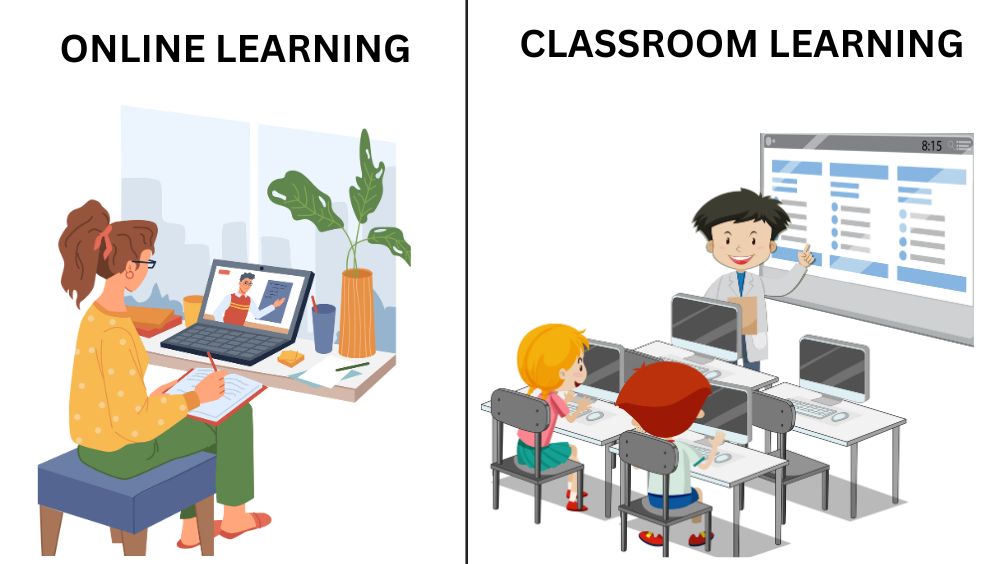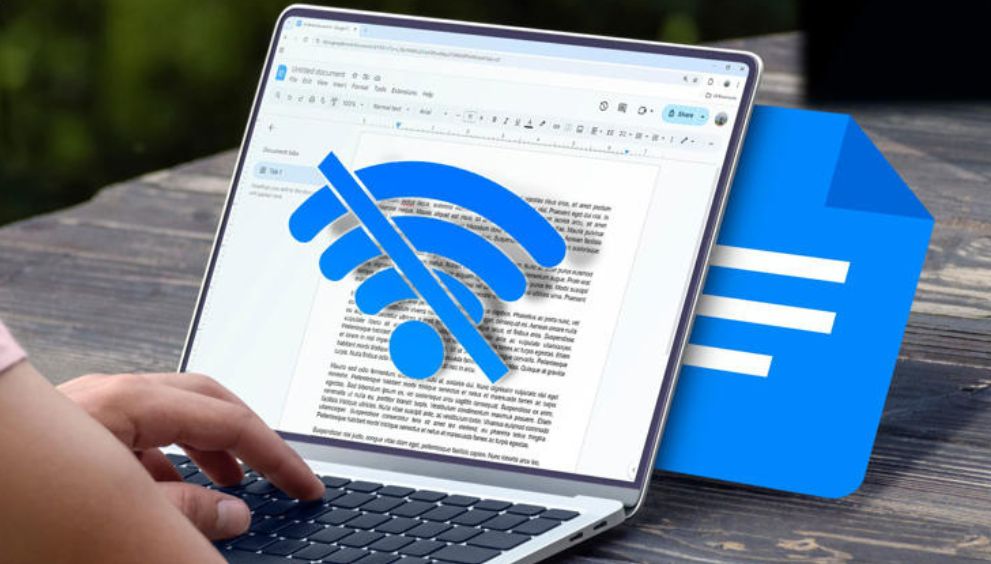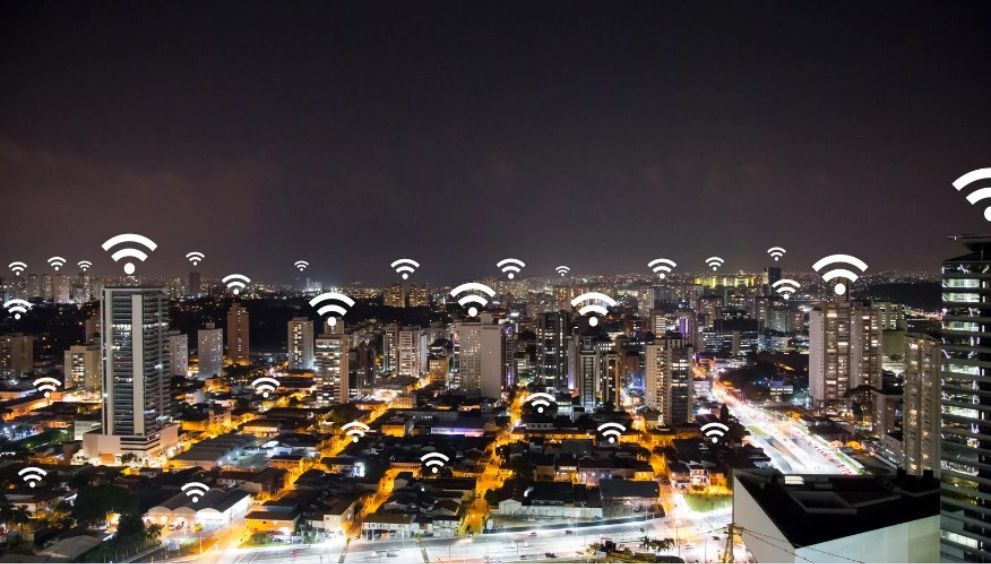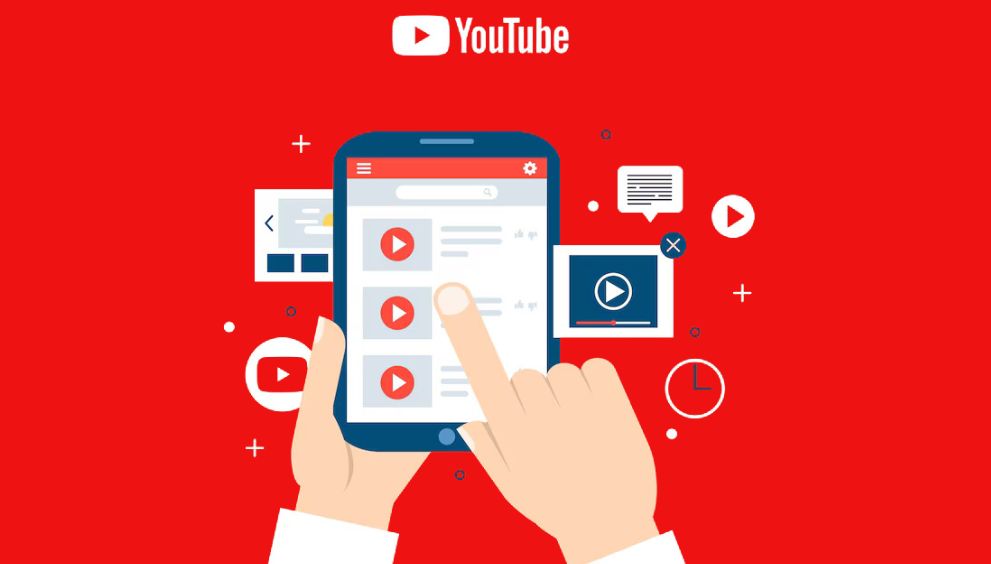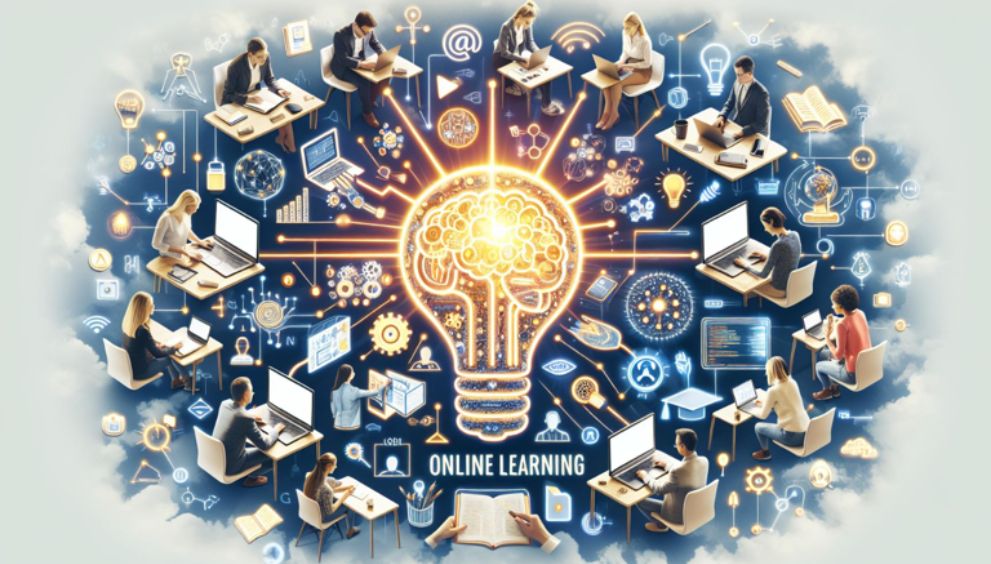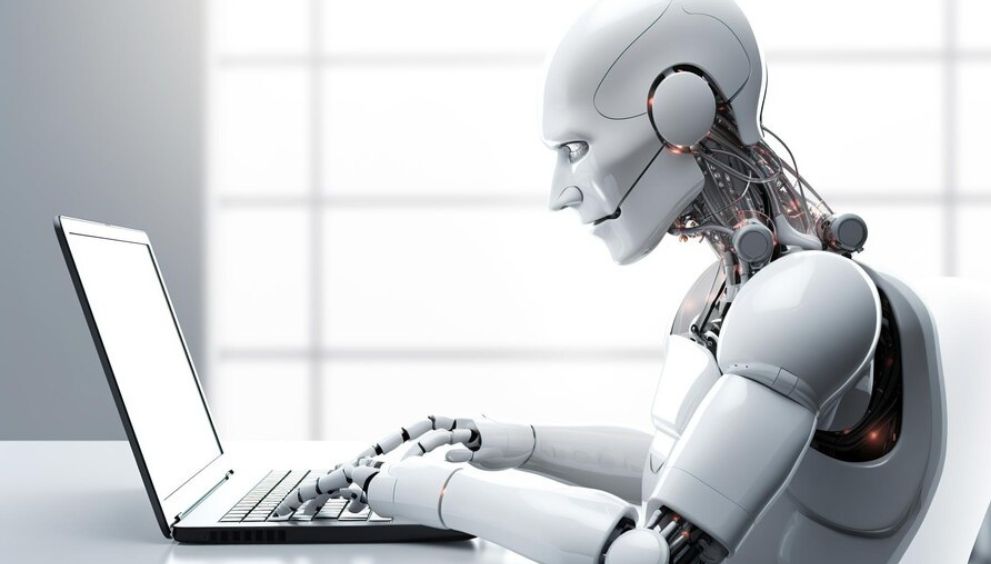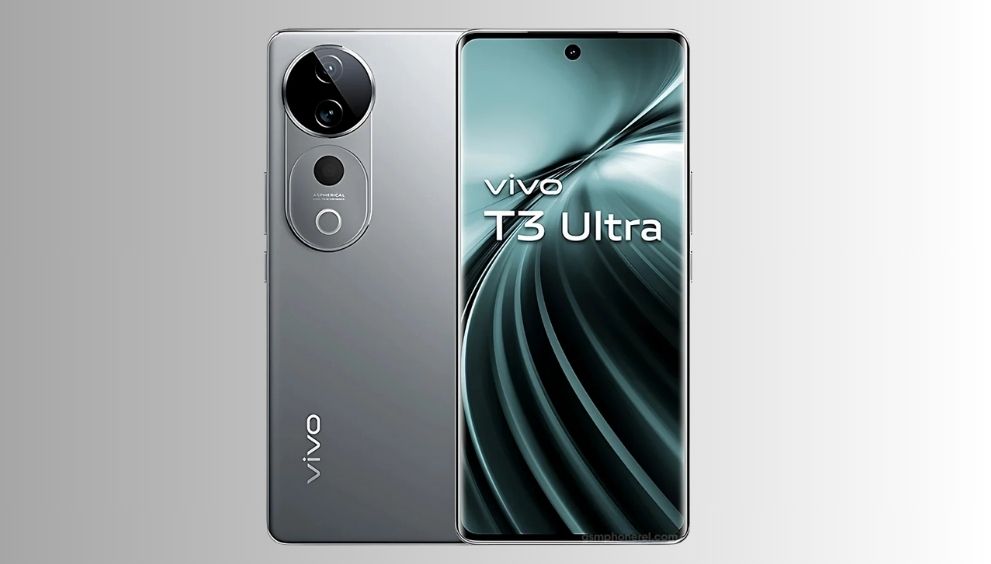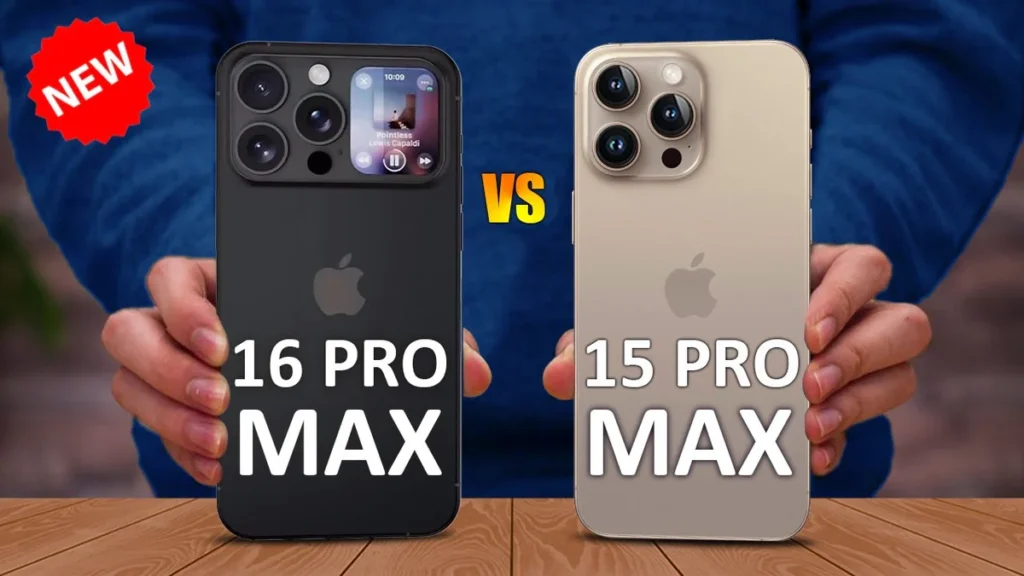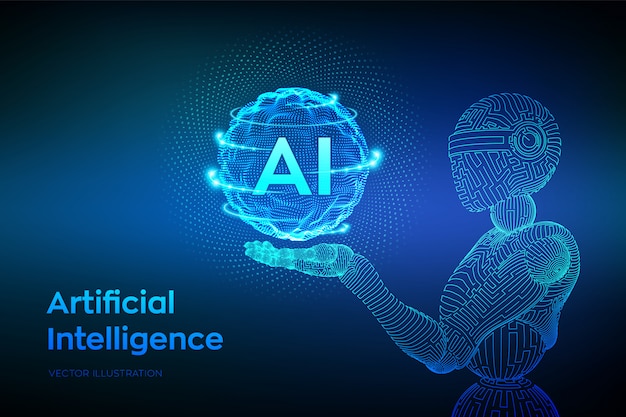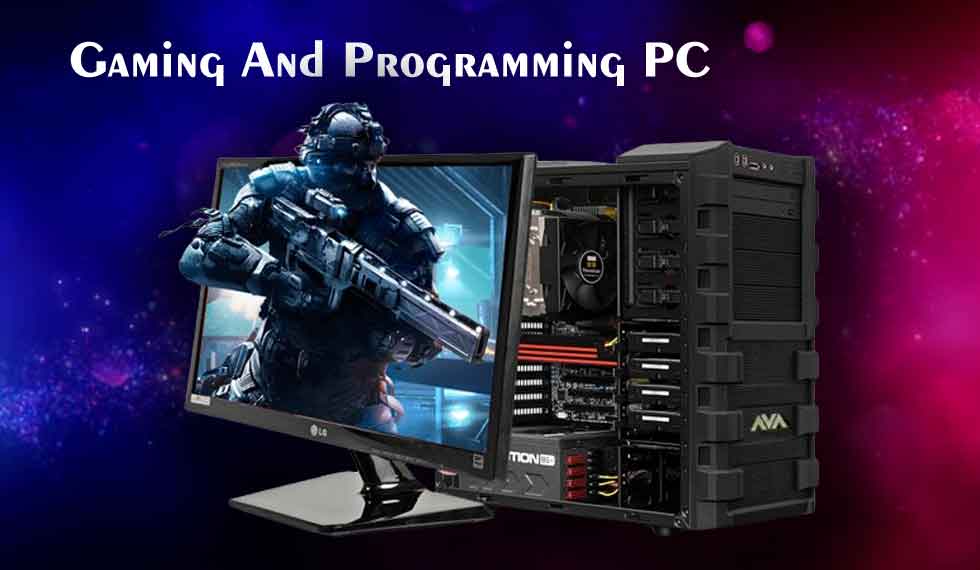The Evolution of Smart Home Automation Systems

Smart home automation systems create a better life by bringing together features that help us save time and energy while keeping us safe. What started as science fiction elements now appear in today’s standard residential buildings. Technical progress alongside IoT adoption plus people’s need for sustainable energy drives smart home automation’s development.
Modern homes started with basic automated systems in the early 20th century
The basic principle of home automation started in the early 1900s when electric household devices first entered homes. Electric washers and dryers plus refrigerators together with a vacuum cleaner showed how to automate basic domestic work. These basic systems helped technology professionals build better automatic controls in the future.
Right in the middle of the 20th century, people started looking at ways to manage home functions from one main control point. During the 1960s, the Push Button Manor built by Honeywell presented basic automation features such as climate control and automated entryways. Although these technology systems represented significant advancements, they remained out of reach for average people because of their high cost.
The Digital Revolution Got Started
During the 1980s and 1990s, digital technology introduced major technological progress to home life. People could buy cheaper microprocessors that let them create programmable products. Thanks to personal computers, homeowners can control their lighting and security systems using simple software.
In 1984, it established its system for home communication. This standard lets connected devices communicate using electrical wiring infrastructure to become the main home automation technology choice. Like other technologies before it, 10 represented a big step forward, though it showed weaknesses including slow transmission rates and signal blocking.
The Internet of Things Sector Created a Breakthrough
Internet of Things technology sparked the genuine revolution in home automation systems during the early 2000s. Connected devices use a network to send and receive digital information through the web. This new technology lets developers create systems that automatically learn from users and can be managed through smartphone apps from anywhere.
The market saw Nest and Philips lead by launching smart thermostats and smart lighting products at this time. The devices made daily life easier and demonstrated ways to save power. Voice assistants from Amazon Alexa and Google Assistant added to Apple Siri improved how users managed smart home systems through voice instructions.
Better Technology Linking Allows Device Mastering
Better wireless technology between Wi-Fi Bluetooth and Zigbee made the linking and connection of smart home devices much higher quality. Smart home systems today let you connect over 100 different devices to create an interconnected home environment.
Companies have devoted a lot of attention to making sure smart home devices can work together. Manufacturers now use standard protocols to link products from different makers into a single network. The introduction of Matter as a smart home device standard shows that manufacturers want to build better connections between devices and create easier user interactions.
The New Importance of Machine Learning and Artificial Intelligence in Technology Systems
AI and machine learning drove major advancements in smart home automation technology. Computers learn our actions and behavior and then produce smart recommendations and responses. A smart thermostat uses its daily pattern analysis to program heating and cooling systems better, which saves both power and money.
Security systems that run on AI technology learn to tell the difference between regular house actions and unauthorized entry situations. Virtual assistants that have NLP technology understand suggested commands with full understanding and deliver customized replies.
Energy-Efficiency and Sustainability
Home automation systems now take shape because people want to live more sustainably. New energy-saving gadgets and solar equipment along with smart metering systems are essential parts of modern homes today. Home monitoring systems show energy usage helps homeowners conserve power and save money on their utilities.
Weather data helps smart irrigation systems choose efficient water schedules, while smart batteries help us use renewable energy more effectively. Smart homes that charge electric vehicles (EVs) represent our next path to going green.
Challenges and Future Trends
The smart home industry keeps making advances but still faces important obstacles. Connected devices present real risks to personal information because they are easily targetable by hackers. Manufacturers need to build secure encryption methods while maintaining a schedule for system updates.
The advancement of smart home automation systems depends on new edge computing models plus 5G technology combined with augmented reality. By running processes locally, edge computing speeds up data processing without needing external cloud resources, while 5G technology supplies reliable high-speed connections. Users will experience better control through smart devices because of augmented reality technology.
Conclusion
Technological developments and customer needs push smart home automation systems forward at impressive rates. Human creativity created home automation systems from basic power tools into advanced interconnected Internet of Things solutions. Technology development will lead smart homes to become even more important and easier to use for our everyday routines.































